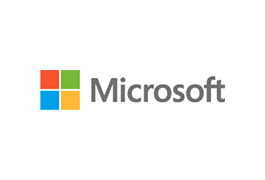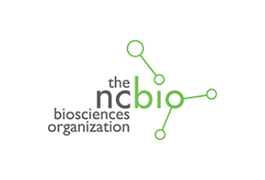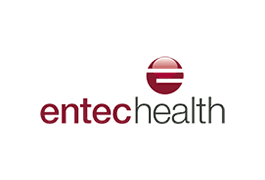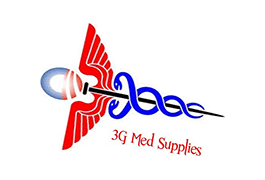New technology makes big difference to tracking wound healing
Podiatrist, Stephen Pervical using Silhouette at CDHB
Ralph McGuigan was diagnosed with diabetes five years ago but suspects he may have had the condition for longer than that. Although insulin resistant, he doesn’t let it stop him getting on with life and doing the things he wants to do. However, recurring diabetic foot ulcers, caused by nerve and blood vessel complications of the disease, need regular monitoring and Ralph has required surgery on them a number of times.
Diabetic foot ulcers can take a long time to heal and the slow progress can be discouraging to patients but new technology now allows the patient to see the progression of their wound over time. Called Silhouette® and developed by ARANZ Medical, the wound imaging, 3D measurement and documentation system provides precise measurement and healing information.
The system is made up of three main parts – a point of care wound camera, smart software for measuring wounds, and a wound information database. Pictures are taken at each dressing change and the image is uploaded to the patient’s clinical notes and progress plotted on a graph. The software measures the area, depth and volume of the wound allowing health professionals and patients to track healing to the millimetre.
Now that his podiatrist, Stephen Percival at the Christchurch Diabetes Centre has this technology, Ralph says it’s taken a lot of the anxiety out of this aspect of managing his diabetes. “The ulcers are right in the middle of the sole of my foot so normally they’re difficult for me to see, Ralph says. “But now Stephen can show me on his computer screen how they are shrinking and changing so I can really see what’s going on and not worry about it. It works for me.”
Stephen says having detailed visual comparison of a wound from one appointment to another is a big advantage. “Deterioration and progress of wounds can be quite small, literally millimetres in size, so it’s impossible to remember with any accuracy the subtle changes in wound size without a measurable record.” The extra patient involvement helps motivate patients to follow their health professional’s instructions, especially for chronic wounds, which require patients to attend clinic for many months. The device also records changes in the surrounding skin, such as redness and swelling, which would otherwise have to be written long hand, he says. Wound changes are recorded without the device having to come into skin contact so its use doesn’t add to the infection risk.
The images also allow other health care professionals to see the wound’s progress. This is helpful when conducting multi-disciplinary clinics when other team members may not have seen the wound before, or haven’t seen its progress for months. Uploading the image to a patient’s clinical record means another doctor can give a second opinion, and the patient’s general practitioner can also view the wound and progress without taking the dressing off.
Article courtesy of Canterbury District Health Board: www.cdhb.health.nz
Find out more about Silhouette





